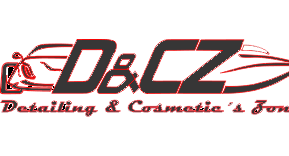You realize that you didn’t finish your board report until the day prior to your meeting. There are three pages of your notes from the last meeting, and you’ll require the input of the other staff members to complete the report before the meeting. You’re concerned that if your board members see that it’s not finished, they won’t be willing to give it the time it deserves at the meeting.
Your goal in writing a board report is check it out to assist your board members make informed choices about your company or organization. To accomplish this, they need the right information at the appropriate time, which means that you should anticipate their concerns before they even arise. If they inquire about your business’s past performance or its future trajectory, you need to be ready with the relevant data.
Include the key metrics that you have agreed upon with your board. These may be non-financial, or even financial like new user sign-ups hiring rates, details about the product or patent applications. You must also provide context and background information for these figures. Using graphs or charts can help your audience make sense of the numbers quickly. It’s important to tell both sides of the story when it comes to the risk or success of your business. A single-minded approach can distort the board’s decision-making processes and cause them to make unfavorable choices which could harm your company in the long run.
Finalize, proofread and edit your report. Proofread, edit and finalize your. A typo or any other error will irritate your board members. Ideally you should have someone else read your report on behalf of you and/or use a grammar software to spot any errors prior to sending the report out.

 El carrito está vacío
El carrito está vacío
Leave A Comment